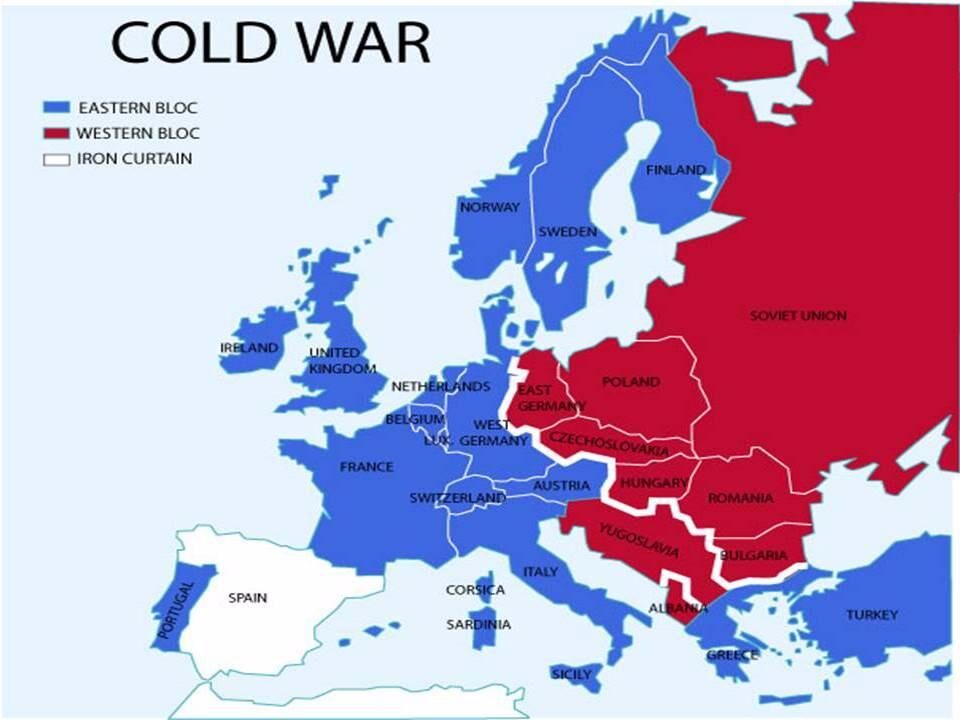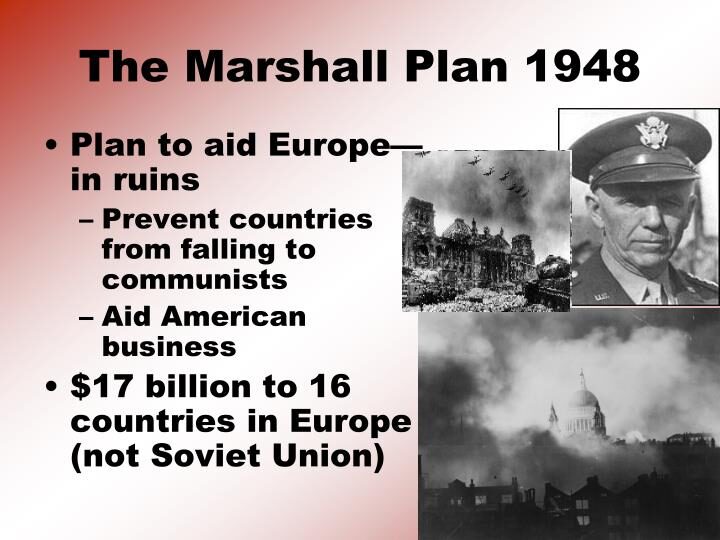
Introduction:
In the aftermath of World War II, the world found itself divided along ideological lines, with the capitalist West led by the United States and the communist East under the Soviet Union. This division created a climate of hostility and competition that would dominate global politics for nearly half a century. The Cold War was not just a battle for territory or resources; it was a contest of ideologies, each claiming to offer a better vision for humanity’s future. As the threat of nuclear annihilation loomed large, the stakes were unprecedented, leading to a series of confrontations that would shape the course of history. From the Berlin Blockade to the Cuban Missile Crisis, the Cold War was a period of high tension that tested the limits of diplomacy and human endurance.
The Cold War was a complex and multifaceted period of geopolitical tension that lasted from 1947 to 1991, primarily between the two superpowers of the time: the United States and the Soviet Union. Unlike traditional wars characterized by direct military conflict, the Cold War was marked by ideological rivalry, political maneuvering, and a pervasive atmosphere of fear and suspicion. It fundamentally reshaped international relations, influenced domestic policies, and led to significant developments in military technology, particularly nuclear weapons. This write-up explores the origins, key events, ideological battles, and the eventual conclusion of the Cold War, as well as its lasting impact on the world.
Origins of the Cold War
The roots of the Cold War can be traced back to the end of World War II, where the Allied powers emerged victorious but with differing visions for the post-war world. Key factors contributing to the Cold War include:
- Ideological Differences: The United States championed capitalism and democracy, while the Soviet Union promoted communism and a one-party state. This fundamental clash of ideologies set the stage for conflict.
- Power Vacuum in Europe: The devastation of World War II left many European nations weakened, creating a power vacuum that both superpowers sought to fill. The Soviet Union aimed to expand its influence in Eastern Europe, leading to the establishment of communist governments in countries like Poland, Hungary, and Czechoslovakia.
- Nuclear Arms Race: The development and stockpiling of nuclear weapons became a central element of the Cold War, as both superpowers sought to deter each other through the threat of mutually assured destruction.
Key Events of the Cold War
The Cold War was marked by several significant events that exemplified the tension between the superpowers:
- Truman Doctrine (1947): This U.S. policy aimed to contain the spread of communism by providing political, military, and economic assistance to countries resisting Soviet influence.

- Marshall Plan (1948): The U.S. initiated this economic aid program to help rebuild European economies after World War II, thereby preventing the spread of communism through economic stability.

- Berlin Blockade (1948-1949): The Soviet Union blocked all ground access to West Berlin in an attempt to force the Allies out of the city. In response, the U.S. and its allies organized the Berlin Airlift to supply the city by air.
- Korean War (1950-1953): The conflict between North Korea (supported by the Soviet Union and China) and South Korea (backed by the United States and UN forces) exemplified the Cold War’s global reach and the willingness of superpowers to engage in proxy wars.
- Cuban Missile Crisis (1962): This 13-day confrontation between the U.S. and the Soviet Union over Soviet missiles in Cuba brought the world to the brink of nuclear war and highlighted the dangers of the Cold War.

- Vietnam War (1955-1975): The U.S. involvement in Vietnam aimed to prevent the spread of communism in Southeast Asia, leading to a prolonged and controversial conflict.

- Détente (1970s): A period of eased tensions, characterized by arms control agreements such as the Strategic Arms Limitation Talks (SALT) and increased diplomatic engagement between the superpowers.
- Fall of the Berlin Wall (1989): The dismantling of the Berlin Wall symbolized the decline of Soviet influence in Eastern Europe and the eventual collapse of communist regimes.
- Dissolution of the Soviet Union (1991): The Cold War officially ended with the dissolution of the Soviet Union, marking the triumph of capitalism and democracy in the former Eastern Bloc.
Summary
The Cold War was a defining period of the 20th century that reshaped the global order and left a lasting legacy. It was characterized by ideological conflict, military competition, and a series of significant events that tested the resolve of nations. The eventual end of the Cold War not only marked the collapse of the Soviet Union but also ushered in a new era of international relations, with the United States emerging as the sole superpower. The lessons learned during this period continue to influence global politics and security dynamics today.
FAQs About the Cold War
- What was the Cold War?
The Cold War was a period of geopolitical tension between the United States and the Soviet Union, lasting from 1947 to 1991, characterized by ideological conflict, military competition, and proxy wars. - What were the main causes of the Cold War?
Key causes included ideological differences between capitalism and communism, power vacuums in post-war Europe, and the nuclear arms race between the superpowers. - What was the significance of the Berlin Blockade?
The Berlin Blockade was a pivotal event that demonstrated the division of Europe and the lengths to which the Soviet Union would go to assert its influence. The successful Allied response through the Berlin Airlift solidified Western resolve against communism. - How did the Cold War affect global politics?
The Cold War influenced international relations, leading to the formation of military alliances (NATO and the Warsaw Pact), proxy wars in various regions, and a focus on nuclear deterrence. - What role did nuclear weapons play in the Cold War?
Nuclear weapons were central to the Cold War, as both superpowers built extensive arsenals to deter each other. The doctrine of mutually assured destruction (MAD) prevented direct conflict but created a climate of fear. - What was the Cuban Missile Crisis?
The Cuban Missile Crisis was a 1962 confrontation between the U.S. and the Soviet Union over Soviet missiles in Cuba, which brought the world to the brink of nuclear war and highlighted the dangers of the Cold War. - What was Détente?
Détente was a period of eased tensions during the 1970s, marked by arms control agreements and increased diplomatic engagement between the U.S. and the Soviet Union. - How did the Cold War end?
The Cold War ended with the dissolution of the Soviet Union in 1991, following a series of political reforms and the collapse of communist regimes in Eastern Europe. - What were the long-term effects of the Cold War?
The Cold War’s legacy includes ongoing tensions between Russia and the West, the proliferation of nuclear weapons, and the shaping of modern international relations. - What lessons can be learned from the Cold War?
The Cold War teaches the importance of diplomacy, the dangers of ideological extremism, and the need for international cooperation to prevent conflict and promote peace.

